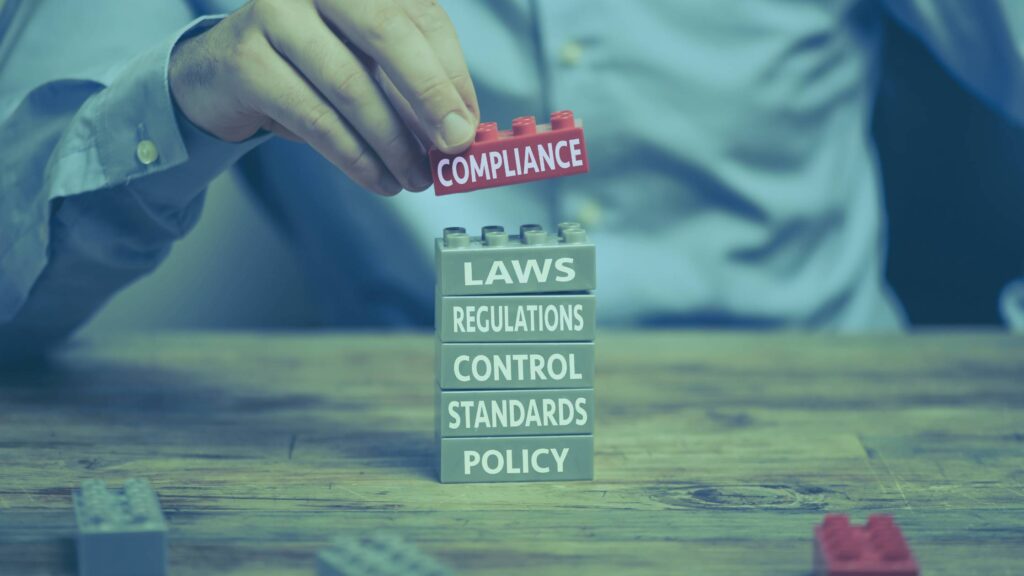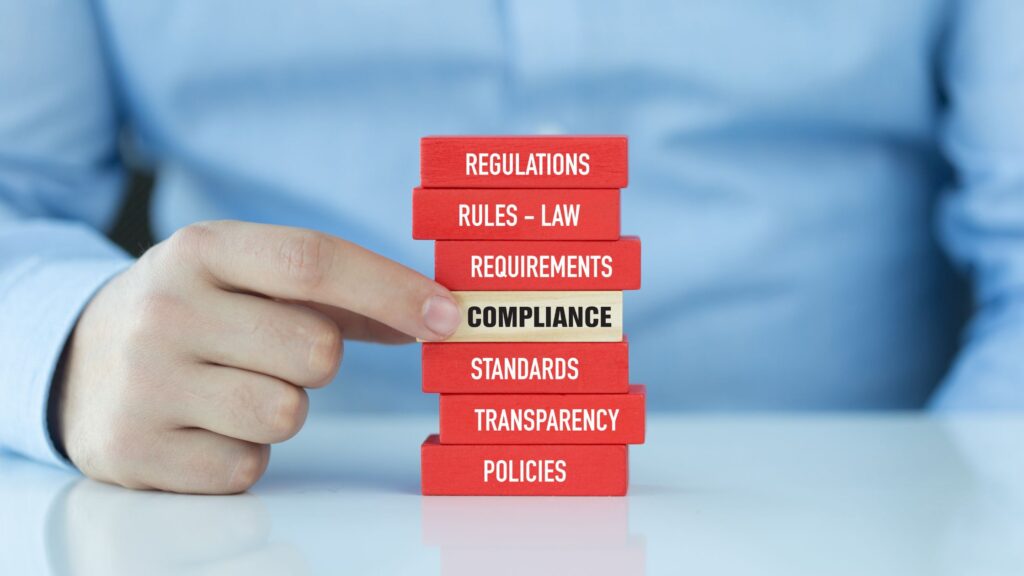Impact Of Non-Compliance In An Organization
Non-compliance in an organization isn’t just a minor slip-up it’s a ticking time bomb. From hefty fines to damaged reputations, the consequences of overlooking regulations can hit hard and fast. Beyond the legal and financial risks, non-compliance can erode trust with customers, partners, and employees. So, how deep does the impact go, and how can organizations safeguard themselves? Let’s dive into the serious ripple effects of non-compliance and why staying on the right side of the rules is non-negotiable.
What Are The Consequences Of Non-Compliance In An Organization?
Non-compliance can carry serious consequences for any business, and its impact varies depending on the nature and scope of the violation. While some regulations are industry-specific, others apply universally, with common risks like fraud, corruption, and conflicts of interest affecting nearly all organizations. The severity of non-compliance directly influences the consequences, which can include the following.
Penalties
Noncompliance might cost you a lot of money in the form of fines. Regulatory fines may considerably reduce the earnings of large corporations, while smaller corporations may face much greater losses, perhaps forcing them out of business. For external regulations, state authorities apply penalties ranging from insignificant sums to severe consequences. When a company or individual fails to comply with legal obligations, they are quite likely to face sanctions.
Fines are imposed by government regulatory agencies based on the degree of non-compliance. Fines are the most commonly used penalty for both people and businesses. It can cost anywhere from a few hundred dollars to several million dollars. Businesses that fail to comply with the rules of other organizations may lose their certification or license. As a result, the repercussions go beyond just higher prices.
Reputational Damage
Non-compliance has enormous reputational consequences. A non-compliance issue can cast a negative light on a corporation. The level of noncompliance can have a significant impact on brand value and reputation. This might potentially result in future missed chances.
Consumers expect firms to follow rules and regulations as a basic minimum. Furthermore, people expect firms to operate ethically and with social responsibility. If non-compliance is made public, an organization’s reputation is extremely likely to suffer. Customers will begin to question a company’s behavior and may seek out alternative firms to purchase services and products. This might lead to revenue loss and a loss of client loyalty. When paired with additional repercussions, such as fines, this might mean that the firm is not profitable for an extended period and is unable to grow as sales decline. It may also jeopardize the company’s ability to find partners and collaborate with other organizations.
Legal Actions and Incarceration
Compliance officers directly face regulatory and government enforcement action in unusual circumstances of non-compliance. In times of financial crisis, regulators and government agencies increase their scrutiny of compliance officers’ roles and responsibilities. These authorities, in addition to punishing the corporation, hold individuals accountable for their misbehavior. This is a red flag for compliance officials who have previously been shielded from their wrongdoing.
Imprisonment is only used for serious violations of the law. Imprisonment is not as prevalent as other penalties, yet it is one of the most serious. It is a consequence mostly for people rather than organizations, as determining who to blame in a firm is more difficult. Prison sentences differ depending on the nation, state, and degree of non-compliance. In some cases, jail penalties of up to 20 years are possible. Even if a person or business director avoids incarceration, critical nonconformities might result in a criminal record.
High Staff Turnover
Employees often desire to work for a firm that knows and values them. Depending on the nature of the noncompliance, it might imply that the company does not appreciate its employees and does not prioritize their well-being. Examples include a corporation failing to comply with employment rules and, as a result, underpaying its employees or neglecting to provide them with the necessary breaks.
Staff replacement may be costly and time-consuming. High personnel turnover may also disrupt and hinder corporate operations. This is a big disadvantage for organizations since it causes them to lose loyal personnel due to their failure to comply with and enforce standards.
Takeaway
Non-compliance can have far-reaching consequences, from financial penalties to reputational damage, legal action, and even a decline in employee retention. For companies striving to ensure regulatory adherence across their operations, our advanced Global Payroll Services and Employer of Record services at Procloz utilize the power of business automation. With an international presence, including specialized Australian payroll services, we ensure accurate and compliant payroll processing, tax filings, and employee benefits administration all hassle-free. Remember, the severity of these impacts makes it crucial for organizations to prioritize compliance, not just to avoid fines, but to maintain trust, protect their workforce, and ensure long-term success.
Impact Of Non-Compliance In An Organization Read More »



